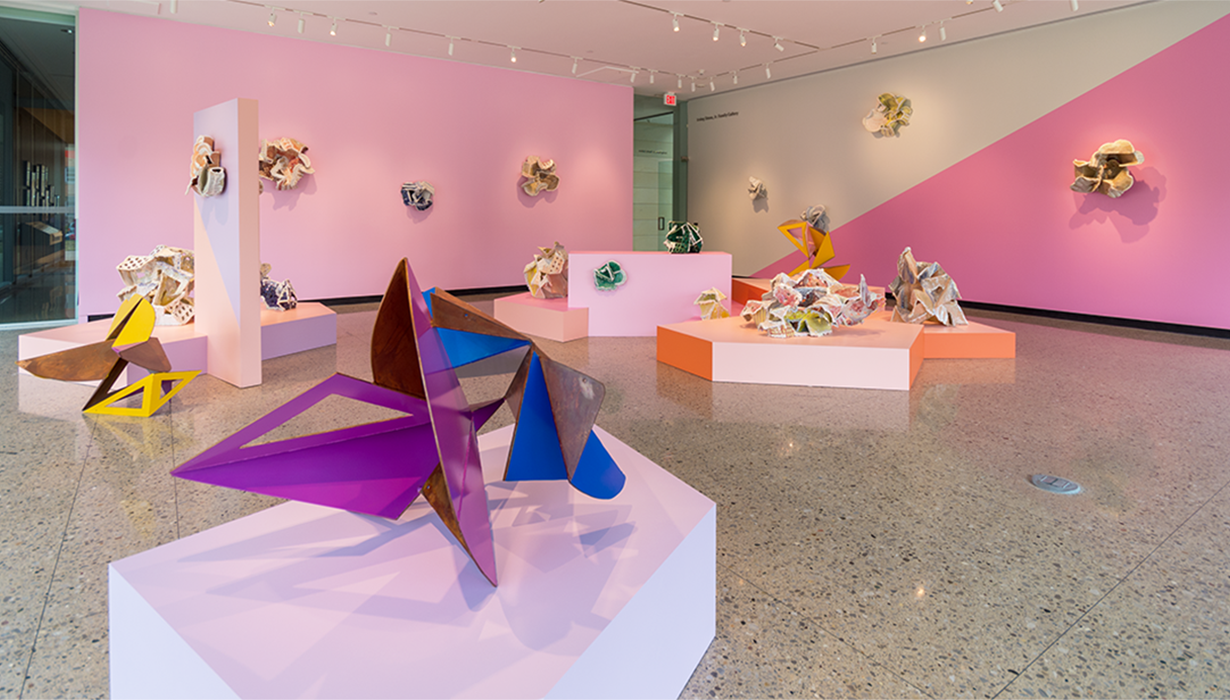
Dopamine Dressing
Discover Delight in the Decadence
In this exhibition, YehRim Lee positions colorful clay and metal sculptures on a complex structure of her own design to create a joyful, immersive environment. Inspired by the fashion trend of the same name, Dopamine Dressing leans into the idea that bright colors and surprising textures can create happiness by activating chemicals in the brain. Clothing designers used this concept to battle the doldrums of the pandemic and here, artist YehRim Lee asks visitors to see how vibrancy, materiality, and expressive movement in art can have the same effect.
She repeatedly refires her clay sculptures, introducing a new glaze each time until the surfaces begin to warp and crack, approaching collapse, suggesting that the dopamine bursts that come from sensual pleasure or excessive consumption perhaps provide only temporary relief from the cares of the world.
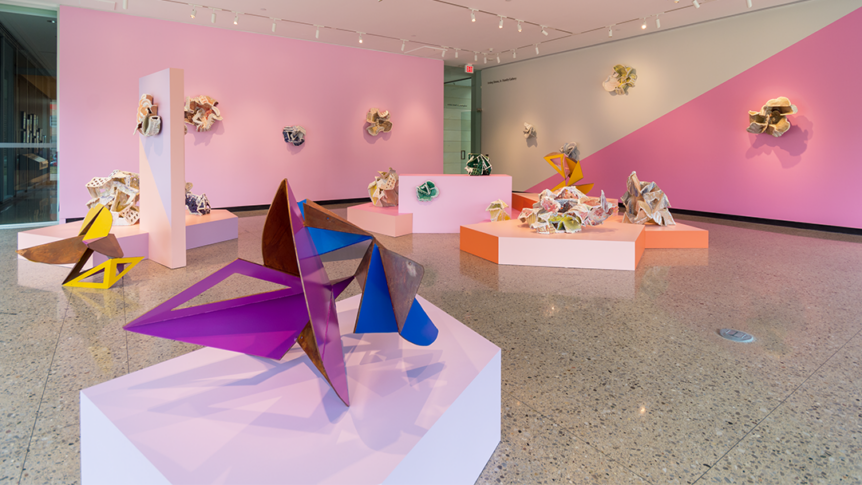
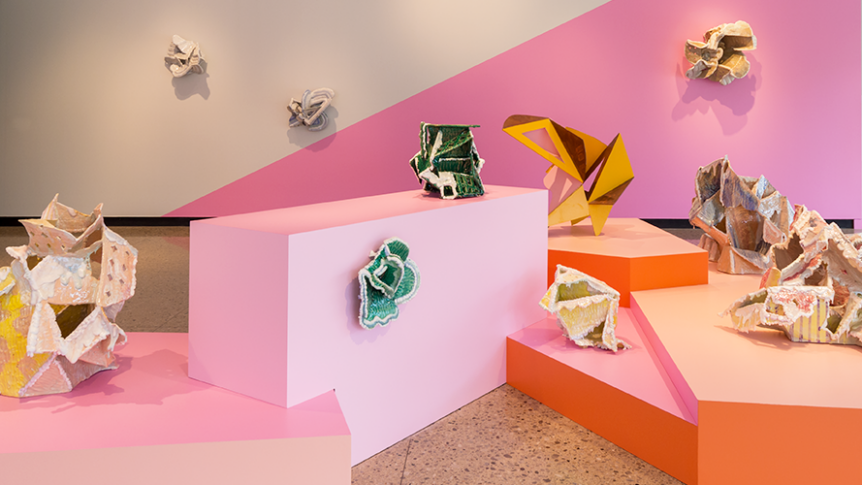
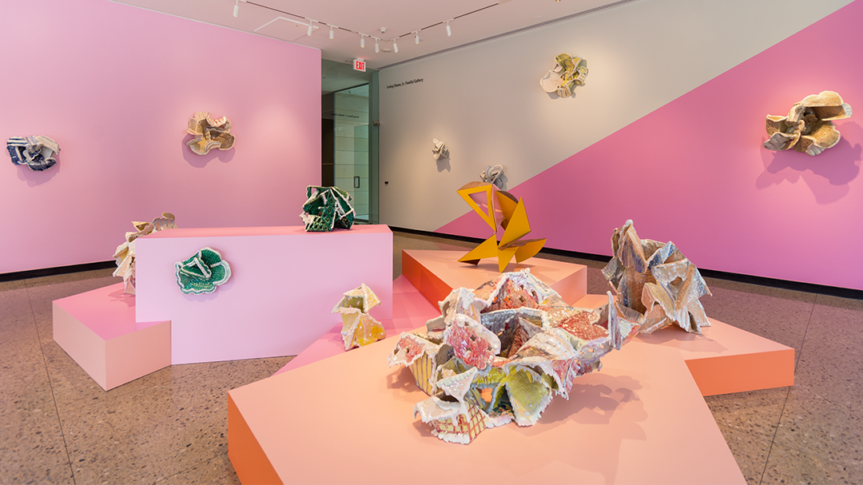
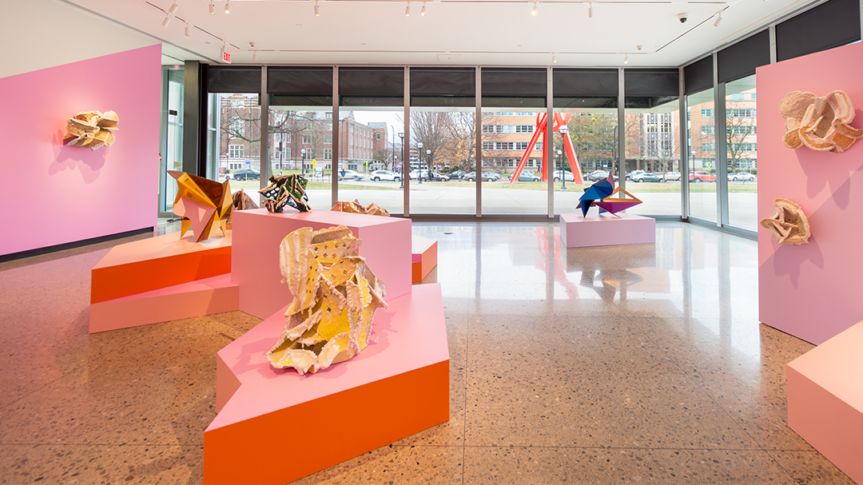
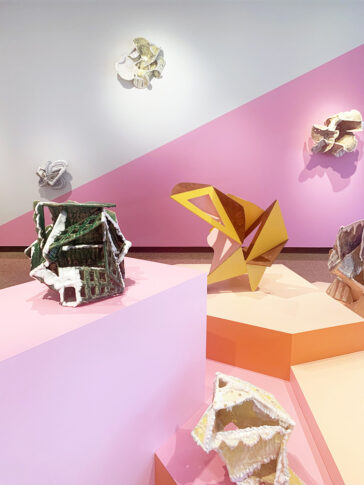
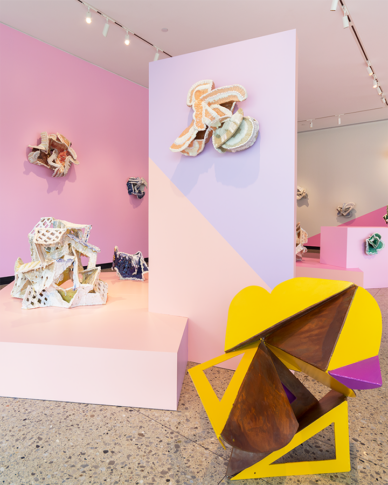
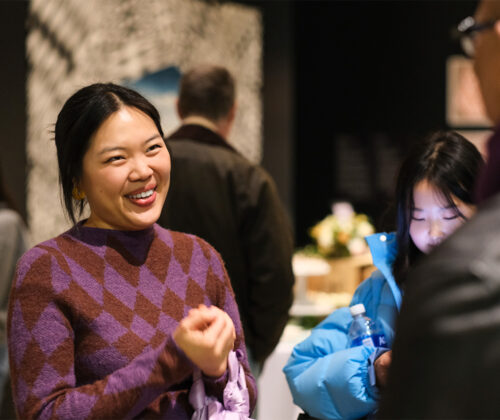
About the Artist
YehRim Lee’s work explores the contemporary human condition using decorative clay techniques (coiling, sculpting glaze, incising, and layering multiple colors) acquired through traditional training. She grew up in a family of artists who made Korean onggi ware, an iron-glazed brown pottery used for storing and fermenting food. She also studied ceramic making in Jingdezhen, China, the “porcelain city” that produced much of the high-quality blue and white ware for global trade between the sixteenth and the nineteenth centuries. However, Lee seeks to expose the materiality and the processes hidden by the smooth surfaces and precise decorations of historic porcelain ware. Her work shows how contemporary ceramic artists critically engage the form, the practice, and the history of ceramic art.
This is YehRim Lee’s first museum exhibition in the United States.
SUPPORT
Lead support for this exhibition is provided by the William C. Weese, M.D. Endowment for Ceramic Arts, the U–M Office of the Provost, and the Nam Center for Korean Studies. Additional generous support is provided by the U-M Department of History of Art and the U-M Department of Asian Languages and Cultures.
